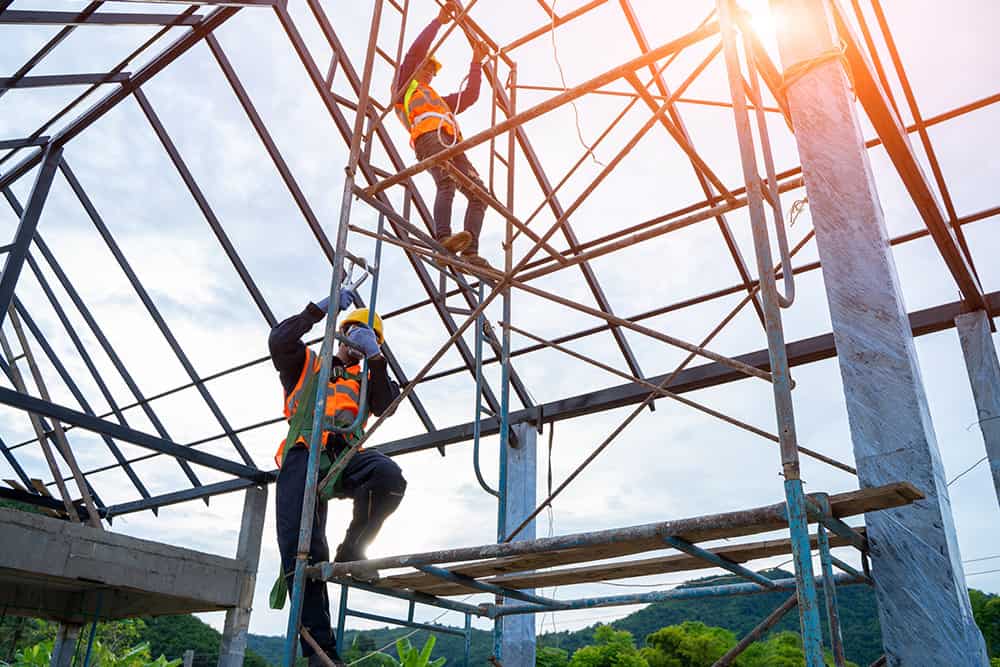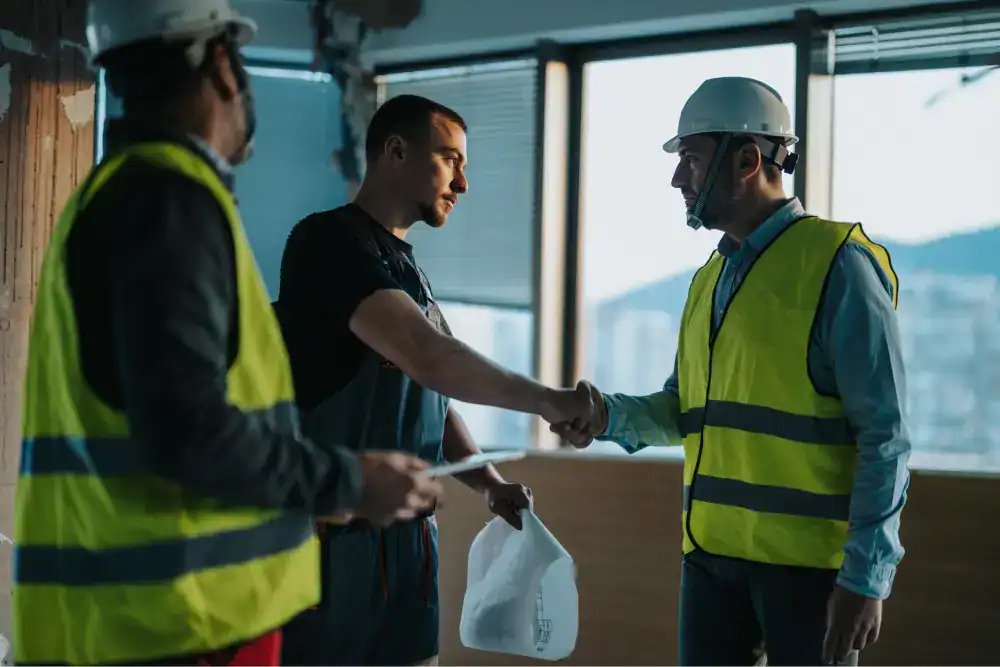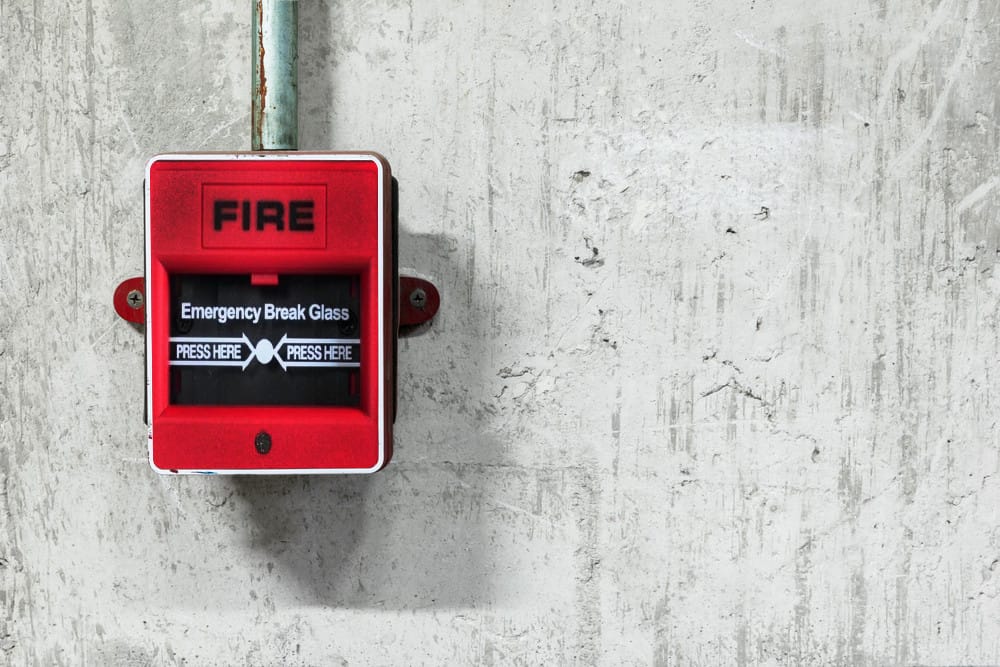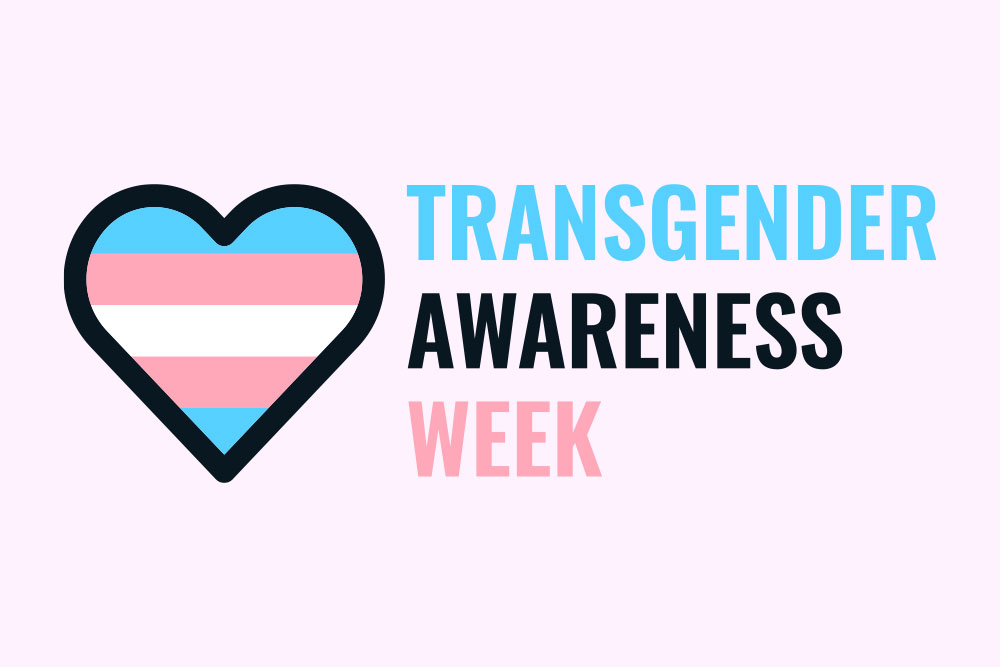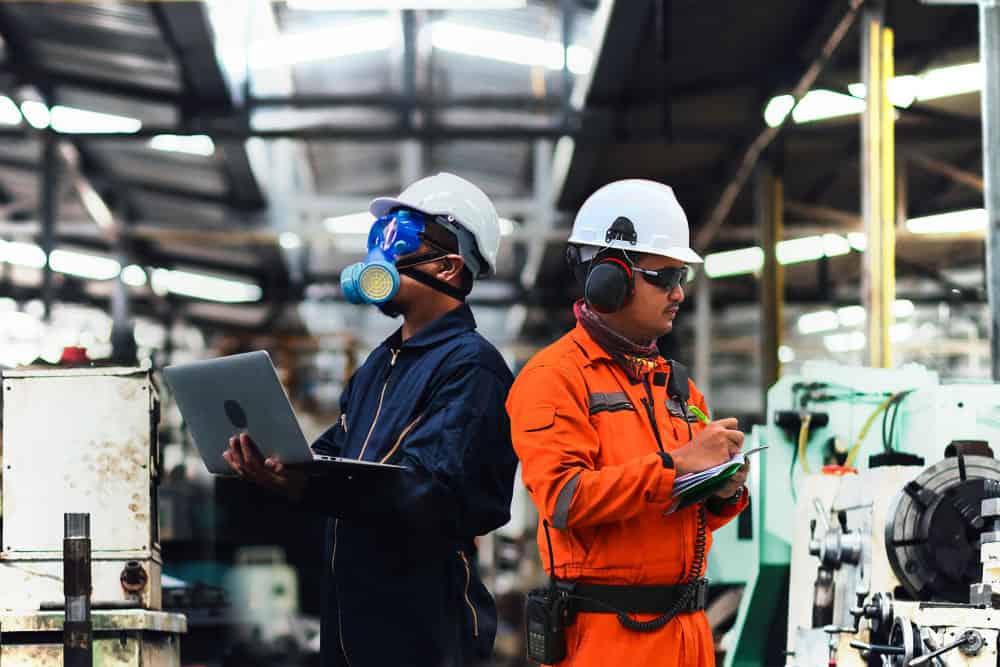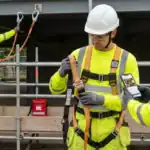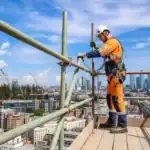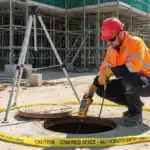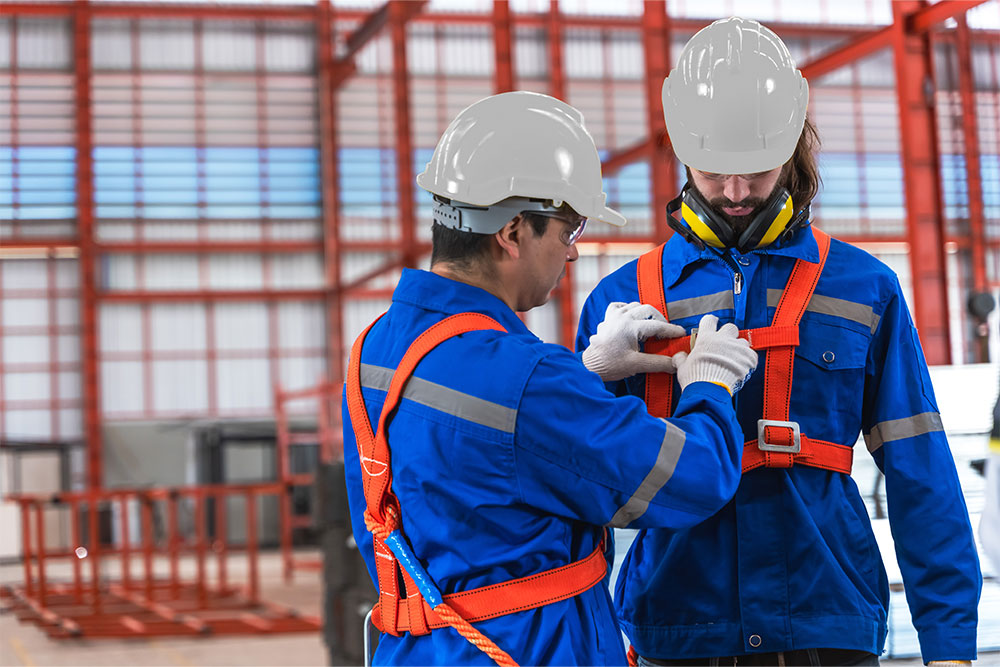
If you carry out or oversee work at height, you need to understand safety harness regulations. Compliance is the only way to guarantee that safety harnesses are effective and suited to the work you do.
Our guide outlines the key regulations you must comply with when working at height. It covers the selection, use and inspection of safety harnesses so you can be sure any protective equipment you use or provide is compliant and safe.
Understanding Safety Harness Regulations
Falls from height are the leading cause of fatal accidents at work. Employers and employees must comply with the relevant legislation to prevent these accidents.
If you’re planning or carrying out work at height, you must comply with the Health and Safety at Work etc. Act 1974 and the Work at Height Regulations 2005.
The Health and Safety at Work Act 1974
The Health and Safety at Work etc. Act 1974 (HSWA) applies to all workplaces in the UK. Under the HSWA, employers must ensure the safety and health of their employees.
Employees also have duties. They must cooperate with their employer on health and safety issues and follow agreed safety procedures.
While not specific to work at height, the HSWA is still relevant. If you fail to provide (or use) an appropriate fall protection system at work and an accident happens, you haven’t fulfilled your duties under the HSWA.
Harness Inspection Training
Our Harness and Lanyard Inspection course teaches users to inspect fall arrest and restraint harnesses and lanyards. It explains equipment components and walks users through inspection procedures for harnesses and lanyards, with clear examples of failures.
The Work at Height Regulations 2005
The Work at Height Regulations 2005 (WAH Regulations) set out in detail what you must do to make work at height safe.
In short, all work at height must be planned, supervised and done by competent people. In other words, you must be able to fully assess risks and implement appropriate control measures for all work at height for it to be safe and legal.
Safety harnesses are one example of a control measure.
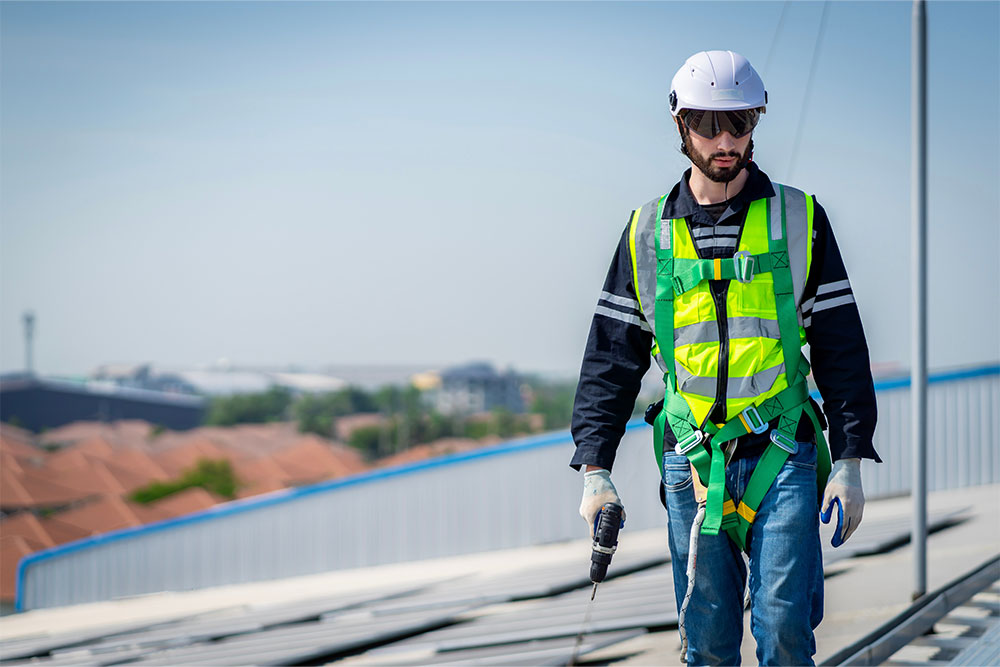
Why Compliance Matters
Compliance saves lives. It bears repeating: falls from height are the leading fatal accident at work. The WAH Regulations were written to keep workers safe.
Compliance is also a legal requirement. The Health and Safety Executive (HSE) can take action against you if you fail to meet your duties under the WAH Regulations. Enforcement could mean fines, forced work shutdowns or even prosecution for severe violations.
Understanding Work at Height Regulations
Safety harnesses aren’t always required for work at height. To determine if safety harnesses are necessary, follow the Work at Height Regulations 2005 guidelines:
- Avoid Work at Height: The priority is to avoid work at height. Do as much work as possible safely on the ground.
- Prevent Falls: If working at height is unavoidable, plan how to prevent falls. This might involve using a mobile elevating work platform or installing scaffolding.
- Minimise Fall Consequences: If the risk of a fall cannot be eliminated, use harnesses and other equipment to minimise the consequences.
Collective and Personal Fall Protection
When planning work at height, collective fall protection should be your first consideration. Measures like guardrails and safety nets protect multiple workers at once and require no input. Because they reduce the risk of human error, these control measures are generally more effective.
Personal fall protection (PFP), such as safety harnesses, should be used when collective measures aren’t practical or cannot reduce risk to a safe level. PFP only protects one worker at a time and must be used correctly to be effective.
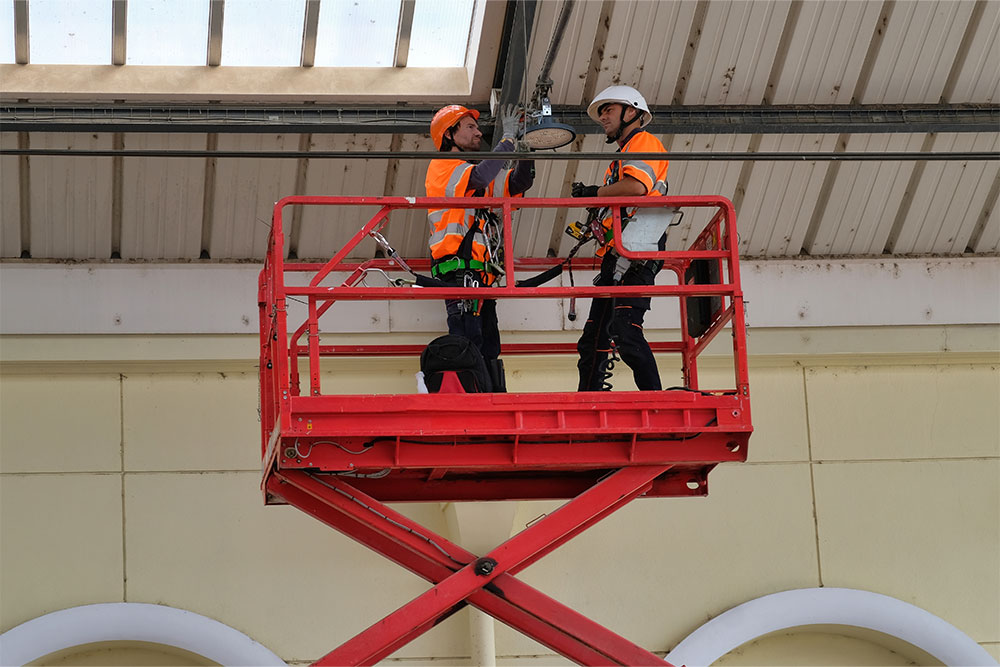
Conducting a Risk Assessment
Before using safety harnesses, it’s crucial to conduct a risk assessment. A competent person must identify the hazards of the planned work and determine necessary control measures to reduce risks. Here’s how it relates to safety harnesses:
- Identify Hazards: Examine the work environment to spot potential fall risks, such as unprotected edges or unstable surfaces.
- Evaluate Risks: Assess the likelihood and severity of potential falls. Consider factors like height, type of work and environmental conditions.
- Determine Control Measures: Decide on the best fall protection measures. Prioritise collective protection (e.g., guardrails, scaffolding) over personal fall protection.
- Implement Safety Harnesses: If collective measures are not practical or fall risks remain, implement personal fall protection. Ensure that safety harnesses are appropriate for the task and conditions.
- Review and Monitor: Regularly review the risk assessment and adjust as needed. Ensure ongoing monitoring of hazards and effectiveness of control measures.
This process ensures that safety harnesses are effective and used only when necessary.
Key Requirements of Safety Harness Regulations
Employers must provide suitable safety harnesses based on their completed risk assessment. This ensures that the equipment is appropriate for the specific tasks and conditions.
Competence and Training
Workers must be competent and trained to use the equipment correctly. This includes understanding how to wear, adjust and attach the harness properly. Workers must also be trained to carry out pre-use checks of the supplied personal protective equipment.
Safety Harness Inspections
Safety harnesses should also be subject to more detailed inspections. A competent person must conduct these inspections regularly to ensure the equipment remains in safe condition.
The harness manufacturer should provide guidance on inspection intervals. However, a competent person must finalise the inspection regime after considering the manufacturer’s guidance and the conditions the harness is exposed to.
Inspections involve a thorough examination of the harness for any wear, damage or defects that could compromise safety. Detailed records of all inspections must be kept, including the date, findings and any actions taken.
Regular inspections help ensure the harness remains in good working condition, providing reliable protection and compliance with regulations.
Safety Harness Regulations – Key Takeaways
- Falls from height are the leading cause of fatal workplace accidents, making safety harness regulations critical.
- Compliance with the Health and Safety at Work Act 1974 and the Work at Height Regulations 2005 is essential for legal and safety reasons.
- Employers must provide suitable safety harnesses and ensure workers are trained and competent in their use.
- Regular pre-use checks and detailed inspections of safety harnesses by competent people are necessary to maintain their effectiveness.
- Proper documentation of risk assessments, training and inspections is crucial for compliance and safety.
Safety Harness Inspection Training
Ensuring the safety and compliance of your work equipment requires proper training and knowledge.
Our online Safety Harness Inspection Course provides comprehensive training on conducting thorough inspections. It explains why inspections are necessary and what you must check to ensure your equipment is safe and compliant.
You’ll also gain access to inspection e-checklists. These checklists cover all inspection points and let you record outcomes digitally, making tracking actions and proving compliance easy.
